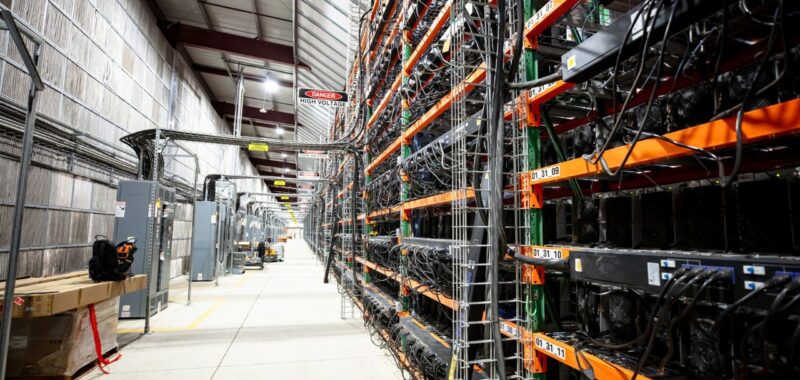The region continues to attract significant investment, on the back of its growing strategic infrastructure developments including the Western Sydney International Airport, which remains on schedule to open in late 2026.
The area is also rapidly becoming Australia’s data centre capital as artificial intelligence accelerates demand for digital infrastructure.
More than 650,000sq m of data centre projects are now in the pipeline, representing 15 per cent of all industrial investment volume in the region.
RWC Western Sydney director Peter Vines said demand is growing for data centres.
“This is a structural shift in the market,” Mr Vines said.
“These aren’t traditional warehouses.
“They’re built for automation, AI and cloud computing; Western Sydney is rapidly emerging as the hub for that growth.”
The surge in activity is being driven by hyperscale tenants and institutional capital moving quickly to secure power-rich, future-ready sites.
These facilities require enhanced cooling and high energy loads.
“Global tech infrastructure is landing in our own backyard,” Mr Vines said.
“And it’s only just beginning.
“Industrial is no longer just about location.
“It’s about power, automation and sustainability.”
After two years of market adjustment, Western Sydney’s industrial sector is showing clear signs of recovery.
Capital growth has returned to positive territory, with total returns reaching 4.9 per cent in the Outer West and 4.4 per cent in the Central West.
Improved funding conditions, strong rental growth, and the return of private and institutional investors have laid the groundwork for a broader upswing in 2025.
The upcoming airport opening is expected to further accelerate this growth.
“We’ve hit the bottom and we’re already climbing,” Mr Vines said.
“Yields have stabilised, buyer interest is returning, and there’s real confidence again in the sector.”
With industrial land in Sydney in critically short supply, Western Sydney’s Aerotropolis may hold the key to long-term growth.
The area could deliver 4,448 hectares of serviced employment land by 2030, representing 60 per cent of Greater Sydney’s total undeveloped zoned supply.
This development coincides with the release of the NSW Government’s Aerotropolis Sector Plan and comes at a time when Sydney lags behind Melbourne and Brisbane in future-ready industrial land.
“This is the largest undeveloped industrial opportunity Sydney has left,” Mr Vines said.
“If serviced and delivered correctly, it could unlock a decade of growth.”
The findings suggest Western Sydney is positioned to become not just a logistics stronghold but a digital infrastructure powerhouse, transforming the industrial landscape of the region.
“With the airport opening around the corner and infrastructure finally delivering, we’re poised for the next phase of growth,” Mr Vines said.

